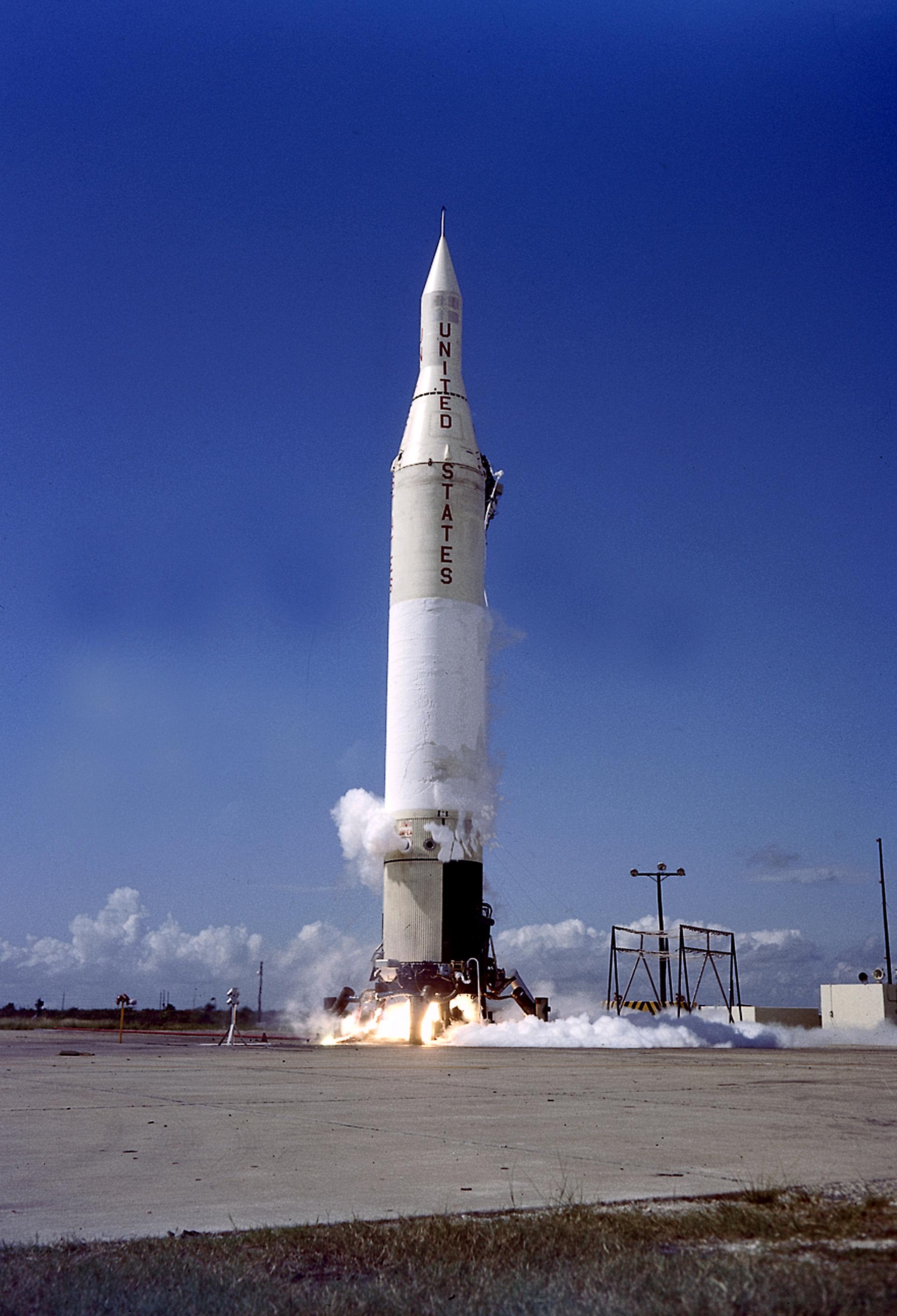Previous Spaceflight Launches
Filter by Agency, Locations or Vehicles
Show All LaunchesVostok-L 8K72 | Luna-2a
Energia | RussiaBaikonur Cosmodrome, Republic of Kazakhstan
June 18, 1959, 8:08 a.m.
Thor Agena A | Discoverer 3
McDonnell Douglas | United States of AmericaVandenberg SFB, CA, USA
June 3, 1959, 8:09 p.m.
Vanguard | Vanguard
Lockheed Martin | United States of AmericaCape Canaveral, FL, USA
April 14, 1959, 2:49 a.m.
Status: Launch Failure
Mission:
The Vanguard satellite was a 13 inch spherical satellite which contained a precise magnetometer to map the Earth's magnetic field. The satellite was lost together with the Vanguard Balloon when the Vanguard launch vehicle second stage was damaged during staging.
Low Earth OrbitThor Agena A | Discoverer 2
McDonnell Douglas | United States of AmericaVandenberg SFB, CA, USA
April 13, 1959, 9:18 p.m.
Status: Launch Successful
Mission:
Discoverer II successfully reached orbit and took photos of Earth. However, when the capsule with the data was ejected in order to re-enter the atmosphere there was a timer malfunction meaning it seperated too early and landed over the North Pole rather than the intended target of Hawaii. The capsule was never recovered.
Polar OrbitJuno II | Pioneer 4
Army Ballistic Missile Agency | United States of AmericaCape Canaveral, FL, USA
March 3, 1959, 5:10 a.m.
Thor Agena A | Discoverer 1
McDonnell Douglas | United States of AmericaVandenberg SFB, CA, USA
Feb. 28, 1959, 9:49 p.m.
Status: Launch Failure
Mission:
Discoverer I was the first of a series of satellites part of the CORONA reconnaissance program. This satellite didn't take a camera or film system as it was intended as a test. There were issues communicating with the satellite during flight with only intermittent signals being read.
Polar OrbitVanguard | Vanguard II
Lockheed Martin | United States of AmericaCape Canaveral, FL, USA
Feb. 17, 1959, 3:55 p.m.
Status: Launch Successful
Mission:
Vanguard II is an Earth orbiting satellite and the first weather satellite. It was designed to measure cloud-cover distribution over the daylight portion of its orbit for a period of 19 days and to provide information on the density of the atmosphere.
Medium Earth OrbitVostok-L 8K72 | Luna-1
Energia | RussiaBaikonur Cosmodrome, Republic of Kazakhstan
Jan. 2, 1959, 4:41 p.m.
Atlas B | SCORE
Convair | United States of AmericaCape Canaveral, FL, USA
Dec. 18, 1958, 11:02 p.m.
Juno II | Pioneer 3
Army Ballistic Missile Agency | United States of AmericaCape Canaveral, FL, USA
Dec. 6, 1958, 5:44 a.m.




